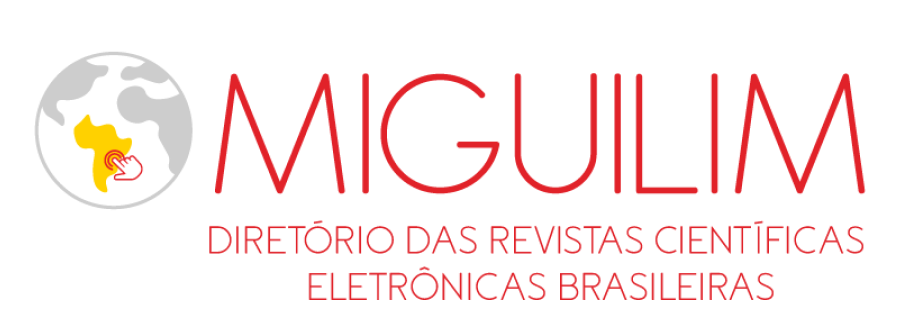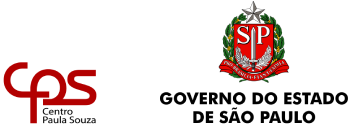Predictive data analytics
A concepts and algorithms approach
DOI:
https://doi.org/10.5281/zenodo.14942165Keywords:
Big Data Analytics, Machine learning, Predictive analysis, Algorithm, Iris flowerAbstract
With the growing volume of data and the advancement of collection and management technologies, there is a significant increase in interest in technologies such as Big Data Analytics and Machine Learning. However, there is clearly a knowledge gap among interested readers, especially in relation to predictive analytics. Given this context, there is a need to present the concept of prediction in a realistic way to support decision-making. The purpose of this article is to provide a comprehensive understanding of the specific concepts of Big Data Analytics and Machine Learning, directing readers to the domain of data science focused on predicting situations. The methodology used was deductive research, conducted by logical reasoning that led to conclusions. The results were based on a database widely recognized and accessible in the market, known as "Flor de Iris", available in the Weka software. The J48 algorithm was employed to reduce risk through prediction, classifying customers into groups of good or bad payers when applying for loans.
Downloads
References
AMARAL, F. Aprenda Mineração de Dados - Teoria e Prática. Rio de Janeiro: Alta Books, 2016.
BARRETO, F. C. Dicionário - A Compreensão de Cada Termo da Biologia. Rio de Janeiro: Câmara Brasileira do Livro, 2017.
Dicio - Dicionário Online de Português. Disponível em: <https://www.dicio.com.br>. Acesso em: 30 jun. 2020.
FAYYAD, U.; GRINSTEIN, G. G.; WIERSE, A. Information Visualization in Data mining and Knoledge Discovery. San Diego: MK - Morgan Kaufman Publishers, 2002.
FISCHER, R. A. The Use of Multiple Measurements in Taxonomic Problems. 1936: [s.n.]. Disponível em: <http://www.comp.tmu.ac.jp/morbier/R/Fisher-1936-Ann._Eugen.pdf>. Acesso em: 19 jul. 2020.
GARCIA, E. Pesquisa Bibliográfica Versus Revisão Bibliográfica - Uma Discussão Necessária. 2016: [s.n.].
GIACHETI, L. DE J. M. José Reis: a ciência que fala. São Paulo: Annablume, 2006. GIL, A. C. Métodos e Técnicas de Pesquisa Social. 6. ed. São Paulo: Atlas, 2008.
GOOGLE TRENDS. Big data Analytics, 2022. Disponível em: < https://trends.google.com.br/trends/ explore?date=all&q=Big% 20data%20analytics>. Acesso em: 04 jul. 2022.
GRUPO ÃNIMA EDUCAÇÃO. Manual - Revisão Bibliográfica Sistemática Integrativa: pesquisa Baseada em Evidências. 2014: [s.n.]. Disponível em: <http://biblioteca.cofen.gov.br/wp content / uploads/2019/06/manual revisao bibliografica-sistematica-integrativa.pdf>. Acesso em: 19 jul. 2021.
GÜLTEKIN, B.; SAKAR, B. E. Variable Importance Analysis in Default Prediction using Machine Learning Techniques. 7th International Conference on Data Science, Technology and Applications -2018: [s.n.]. Disponível em: <https://www.scitepress.org/papers/2018/68724/68724.pdf>. Acesso em: 19 jul. 2021.
HOLANDA, A. B. DE. Dicionário Aurélio da Língua Portuguesa. Curitiba: Positivo, 2010.
MARCONI, M. DE A.; LAKATOS, E. M. Fundamentos de metodologia científica. São Paulo: Atlas, 2003.
MARTINO, L. M. S. Métodos de Pesquisa em Comunicação - Projetos, Ideias e Práticas. Petrópolis: Editora Vozes, 2018.
MWADULO, M. W. A Review on Feature Selection Methods For Classification Tasks. International Journal of Computer Applications Technology and Research - 2016: [s.n.]. Disponível em: <https://pdfs.semanticscholar.org/0112/fbdf443158dbaf3226028c6bed68de5fb774.pdf>. Acesso em: 20 jul. 2021.
PRIBERAM, D. Dicionário da Língua Portuguesa. Disponível em: <https://dicionario.priberam.org>. Acesso em: 7 mar. 2022.
PROVOST, F.; FAWCET, T. Data Science para Negócios. Rio de Janeiro: Alta Books, 2016.
Que Conceito - Dicionário. Disponível em: <https://queconceito.com.br/>. Acesso em: 30 jun. 2021.
SESC SÃO PAULO/CEBRAP. Métodos de pesquisa em Ciências Sociais: Bloco Qualitativo. 2016.
SILVA, A. M. DA. Metodologia da Pesquisa. Fortaleza: EdUECE - Editora da Universidade Estadual do Ceará, 2015.
Published
How to Cite
Issue
Section
Copyright (c) 2023 Revista Processando o Saber

This work is licensed under a Creative Commons Attribution 4.0 International License.
Os direitos autorais dos artigos publicados pertencem à Revista Processando o Saber e seguem o padrão Creative Commons (CC BY), que permite o remixe, adaptação e criação de obras derivadas do original, mesmo para fins comerciais. As novas obras devem conter menção ao(s) autor(es) nos créditos.
























